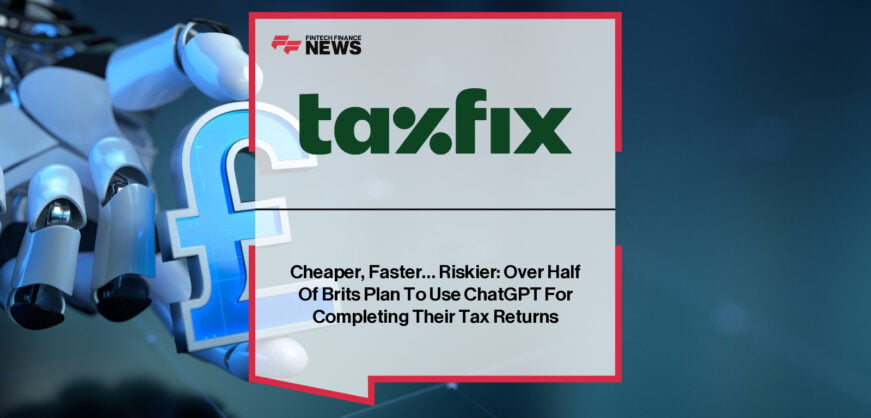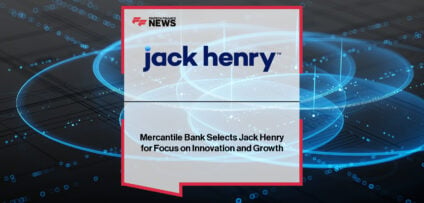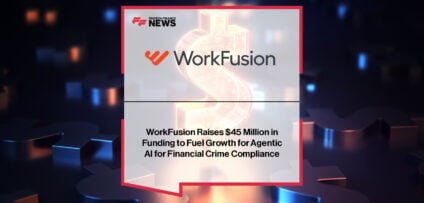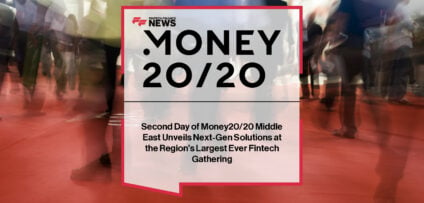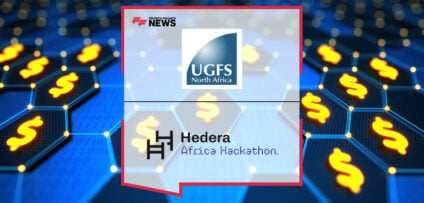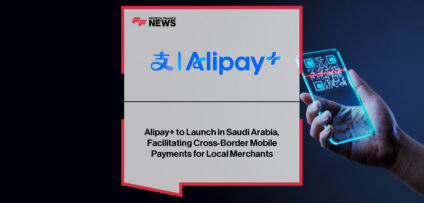Breaking News
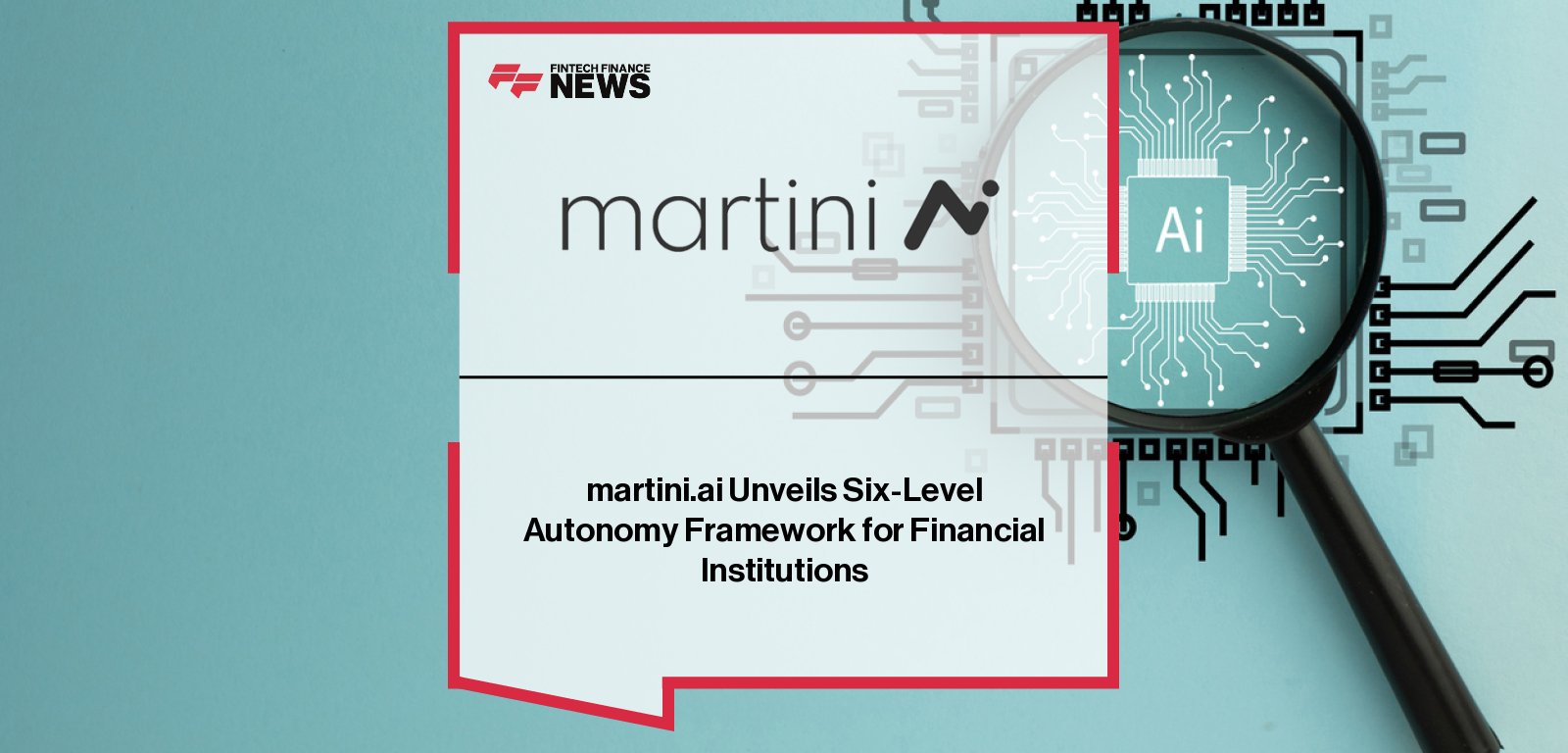
martini.ai Unveils Six-Level Autonomy Framework for Financial Institutions
martini.ai, a leader in AI-powered credit intelligence, today unveiled the Financial Autonomy Ladder, a six-level framework designed to become an industrywide standard for measuring financial institution evolution from manual workflows to fully autonomous decision-making systems. Inspired by the SAE autonomy standard in the automotive industry, the ladder provides a roadmap for firms seeking to modernize credit workflows in a market that increasingly demands speed, transparency and predictive power.
“We’re seeing increasing recognition that manual, delayed risk assessment is becoming a competitive liability. The Financial Autonomy Ladder gives institutions a clear framework for planning their transformation journey.”
Unlike other industries that have established clear automation benchmarks, financial services has lacked standardized terminology for measuring AI and automation capabilities. The framework addresses this gap while tackling a critical industry challenge: While financial markets move in real time, most institutions still rely on manual processes and outdated data for credit decisions, creating significant competitive disadvantages and risk exposure.
From Data to Deployment: A Clear Path to Autonomy
The martini.ai Financial Autonomy Ladder defines six discrete stages of transformation:
- L0 – Raw Data: No AI involvement.
Institutions rely on unstructured, months-old data, spreadsheets, and manual human analysis. Decision-making is slow and often based on outdated information that doesn’t reflect real-time conditions.
- L1 – Signals: AI produces signals from data; human produces reports and decisions.
Systems produce cleaned and summarized data, generating alerts such as credit score changes or covenant breaches. However, all interpretation and decision-making is still manual, limiting responsiveness during stress events.
- L2 – Reports: AI produces signals, AI produces reports; human makes decisions.
AI systems synthesize multiple data sources into insights using knowledge graphs and graph neural networks. martini.ai operates at this level today, delivering real-time, network-based risk analysis that empowers human analysts with machine-scale intelligence. Unlike traditional risk platforms that analyze entities in isolation, martini.ai’s graph-based approach identifies interconnected risks across complex financial networks, enabling institutions to understand systemic vulnerabilities that conventional methods miss.
- L3 – Decisions: AI produces signals, reports, recommends decisions; human reviews decisions.
AI generates specific, actionable recommendations (e.g., “reduce exposure by 15%” or “increase credit line to $2 million”), which are reviewed and executed by humans. This level marks the beginning of semi-autonomous decision-making and creates the first major competitive moats.
- L4 – Actions: AI makes decisions; human provides oversight for complex cases.
AI executes routine credit decisions with human oversight. From covenant monitoring to hedging and portfolio adjustments, the system acts autonomously within programmed boundaries, escalating only edge cases to humans.
- L5 – Policies: AI makes decisions and strategies.
Fully autonomous systems that adapt strategies across economic conditions, rebalancing portfolios and shaping business models in real time. No institution operates at this level today, but the vision represents the future of self-optimizing financial infrastructure.
martini.ai at Level 2: Real-Time Risk Intelligence Today
At Level 2, martini.ai’s platform leverages cutting-edge machine learning and graph-based models to understand complex financial interconnections. It provides institutional users with AI-generated research, credit risk signals, and risk momentum across portfolios, capabilities that enable early detection of potential defaults and dynamic scenario modeling.
“Our clients need to react to risks in real time, not weeks after the fact,” said Rajiv Bhat, CEO of martini.ai. “The Financial Autonomy Ladder gives them the language and framework to understand where they are and what it takes to reach the next level. The institutions that embrace this evolution soonest will have decisive advantages as markets become increasingly dynamic and interconnected.”
Driving Industrywide Adoption
The company envisions broad industry adoption of the framework to accelerate transformation across financial services:
- 2024-2025: Level 2 becomes table stakes as regulators and markets demand real-time risk insights.
- 2025-2027: Level 3 systems provide early adopters with measurable cost and speed advantages.
- 2027-2030: Institutions with Level 4 automation outpace traditional firms entirely.
- Post-2030: Level 5 platforms emerge as new financial infrastructure, offering cloud-native, AI-mediated capital markets.
“We’re seeing increasing recognition that manual, delayed risk assessment is becoming a competitive liability,” Bhat added. “The Financial Autonomy Ladder gives institutions a clear framework for planning their transformation journey. More importantly, it provides the industry with common language and benchmarks that we believe will accelerate progress across the entire sector.”
Framework Made Publicly Available for Industry Use
By introducing this framework, martini.ai aims to establish a common language for discussing credit intelligence evolution across the financial services industry. The company believes that standardizing these definitions will accelerate adoption of advanced risk management capabilities and help institutions benchmark their progress.
The Financial Autonomy Ladder framework is being made available to the broader financial community at no cost to encourage industrywide adoption and advancement in credit intelligence capabilities. The company plans to work with industry associations, regulators and technology providers to establish the framework as a recognized standard.
“Just as SAE International’s autonomy levels helped the automotive industry communicate progress and set development goals, we believe the Financial Autonomy Ladder can serve the same function for financial services,” said Bhat. “We’re not trying to own this — we want the entire industry to benefit from having clear, standardized terminology for automation capabilities.”
People In This Post
Companies In This Post
- Cheaper, Faster… Riskier: Over Half Of Brits Plan To Use ChatGPT For Completing Their Tax Returns Read more
- WorkFusion Raises $45 Million in Funding to Fuel Growth for Agentic AI for Financial Crime Compliance Read more
- AI-Powered E-commerce, Stablecoins and Local APMs: Emerging Trends Headline EBANX’s Payments Summit in Mexico Read more
- Second Day of Money20/20 Middle East Unveils Next-Gen Solutions at the Region’s Largest Ever Fintech Gathering Read more
- United Gulf Financial Services Joins The Hashgraph Association and Exponential Science Foundation Adding $1M to Hedera Africa Hackathon Pool Prize Read more






